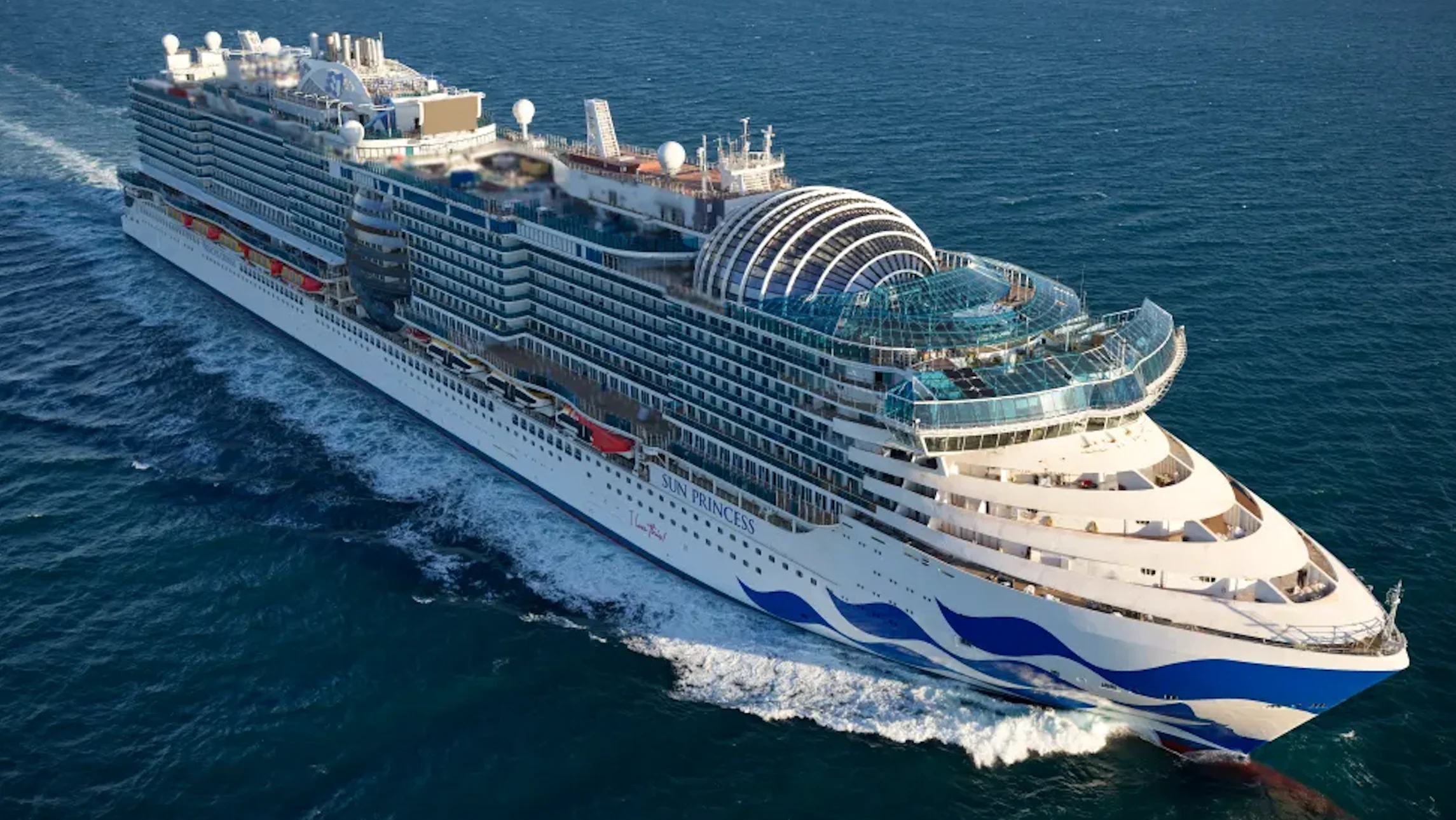From curbing emissions to reducing propeller noise, cruise lines are adding technologies to minimise their environmental impacts.
Ships like the new Seabourn Venture will have a waste disposal system that can create a self-sustained heating without generating harmful emissions. Royal Caribbean’s Symphony of the Seas has a zero-landship policy and even has its own incinerator on board, as well as a compactor for processing plastic waste.
Here’s how the Celebrity Apex, part of the Royal Caribbean group, has developed the Blue Green promise to support sustainable and resilient ocean communities.
LNG power
The cruise industry is making huge strides to switch to Liquefied Natural Gas power. LNG-powered cruise ships use this type of fuel to generate the energy needed for powering the propellers. This type of fuel is one of the cleanest-burning marine fuels resulting in sulphur emissions are reduced by 99% and nitrogen oxide emissions are reduced by 85%. Lines like MSC, Princess Cruises, Carnival Cruises and Royal Caribbean have LNG-powered ships slated to be built over the next few years.
Under the sea
Some vessels like MSC’s World Europa will be fitted with an underwater radiated noise management system, with hull and engine room designs that minimise acoustic sound impact, reducing their potential effects on marine fauna, most particularly on marine mammals in the surrounding waters.
Efficient energy
Cruise lines have installed a wide range of energy efficient equipment that help reduce and optimised engine use. MSC has included smart ventilation and advanced air conditioning systems with automated energy recovery loops that redistribute heat and cold to reduce demand.
Responsible sourcing
Companies like Norwegian Cruise Lines and P&O Cruises work with diverse partners across the supply chain network to source high-quality and ethically responsible products for their guests. P&O Cruises in Australia for instance, put a big emphasis on using local producers to source ingredients used in the line’s onboard restaurants. NCL works with nearly 20,000 suppliers across the world and support small businesses. And they also work with businesses owned by diverse and or/economically disadvantaged populations.
Crew education
In order to protect whales from shipping traffic, lines like Oceania Cruises have developed policies and procedures for crews to follow when cruising through areas frequented by these marine mammals. Some of the measures the line has adopted include speed reduction and increased training of ship officers and crew for identifying and properly reporting whale sightings while also keeping ships a safe distance from the mammals.
Shore power
Increasingly more cruise ships will be fitted with a custom-built electrical connection cabinet that allows the ship to plug in to shoreside power. This technology allows cruise ships to turn off their diesel engines and literally “plug in” to a power supply in port. As a result, shore-based electricity runs all onboard services during the day-long calls. Shore power is currently available in Juneau in Alaska; Seattle in Washington; Vancouver in British Columbia; San Francisco, Los Angeles, San Diego, New York and Halifax Nova Scotia. And soon at Sydney’s White Bay Cruise Terminal.
Science onboard
Your cruise ship has also become a laboratory. Ponant, Celebrity Cruises, Quark Expeditions and Aurora Expeditions also are home to many scientists who are researching places like Antarctica, the Arctic and the Galapagos.








